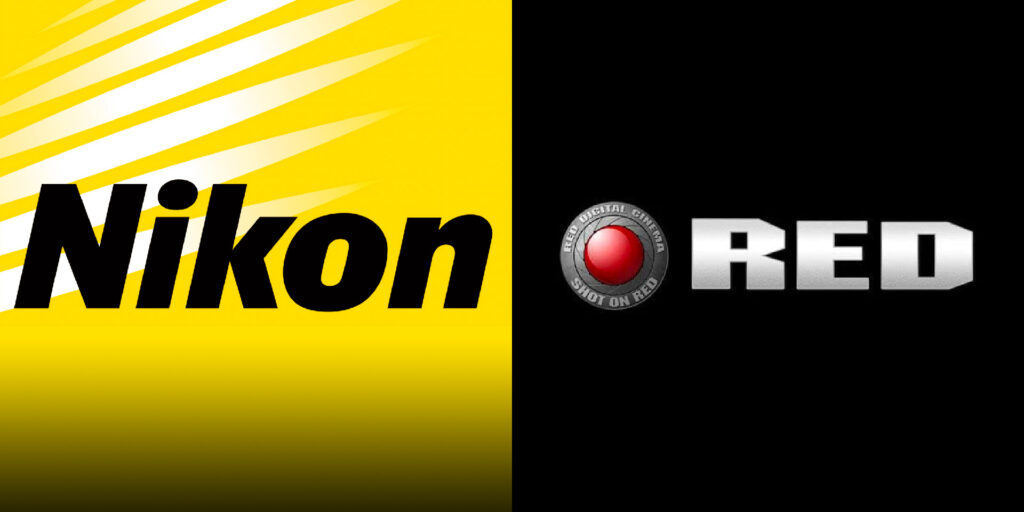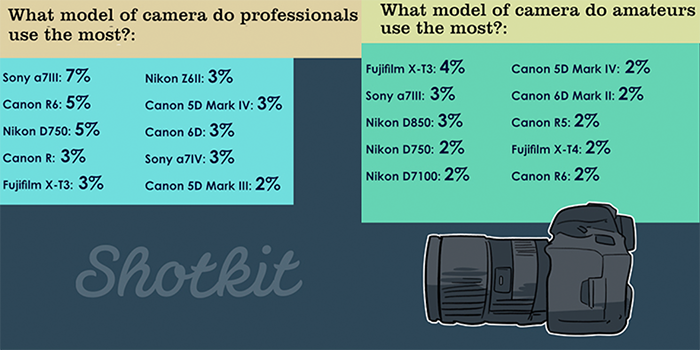What Dpreview hopes to get from Nikon+Red in 2025

This is Dpreview’s wishlist for 2025:
What We Expect from Nikon:
- Z fc Update: The Z fc is likely to get an update in 2025. It could incorporate improvements from the Z50II, especially in autofocus, and potentially streamline its naming convention. This would enhance the camera’s appeal while maintaining its aesthetic charm.
- Z5 Refresh: The Z5 feels outdated compared to competitors like Canon’s EOS R8. An update with the Z6 II’s sensor and the latest autofocus tech would help it better compete while maintaining a clear distinction from the higher-end Z6 III. However, it could overlap with the Zf model, so careful positioning would be needed.
- Z9 Firmware Updates: Nikon might offer additional firmware updates for the Z9, potentially including features like C2PA Content Credentials, to continue its support and keep it competitive against newer rivals.
What We’d Like to See from Nikon:
- Relaxed Z-Mount Licensing: One major desire is for Nikon to ease its licensing restrictions for third-party lens makers. Greater freedom for existing licensees and the addition of more third-party options would make the Z-mount system more attractive to consumers.
- Advanced APS-C Model: There’s a desire for a more advanced APS-C model that could sit above the Z50II. This could include IBIS and Nikon’s latest autofocus tech, possibly offering a spiritual successor to the D500. However, given Nikon’s current focus on APS-C as an entry point to the Z-mount, this may be wishful thinking.
- Z7 II Successor: There’s curiosity about the potential for a successor to the Z7 II. A high-res body like the Sony a7R V could compete in the market with excellent autofocus, but it might cannibalize sales from the Z6 III and Z8, making it hard to position within Nikon’s current lineup.
Nikon x Red: What We Expect:
- Z-Mount Integration with Red: Given Nikon’s recent acquisition of Red, it’s possible that in 2025, we could see a Red body with a Z-mount, either branded with a Nikon logo or not. It would likely be a cinema-focused model, but not yet fully integrated into Nikon’s lineup.
- N-Log2 Encoding: The integration of N-Log2 encoding, based on Red’s expertise, seems plausible. This would offer improved flexibility compared to the current N-Log implementation, potentially enhancing the quality of video captured by Nikon cameras.
- Shutter Angle Feature: Shutter angle control, which was recently added to the Z9, could potentially be rolled out to other Nikon cameras, especially those geared toward video work like the Z8 and Z6 III.
Nikon x Red: What We’d Like to See:
- Red’s Raw Clipping Warnings: Red’s Raw clipping warnings, which visually indicate when portions of each Raw channel are clipping, would be a valuable addition to Nikon’s cameras. This would assist photographers, particularly landscape shooters, in optimizing exposure.
- 32-Bit Float Audio: With Red’s expertise in high-end production, Nikon could potentially adopt 32-bit float audio capabilities, which would significantly improve audio recording in video production.
- N-Raw Codec Support: Nikon should work more closely with software makers to ensure broader support for the N-Raw codec. Expanding editing software options for in-camera Raw capture would increase the utility of this feature for users.
Summary:
Nikon’s camera lineup could see updates including a refreshed Z fc, an updated Z5, and potential firmware updates for the Z9. The company could also consider relaxing its Z-mount licensing to encourage third-party lens development and might explore an advanced APS-C model or a Z7 II successor. The collaboration with Red could bring exciting new features, including Z-mount integration, N-Log2 encoding, shutter angle control, and advanced exposure tools for photographers.







